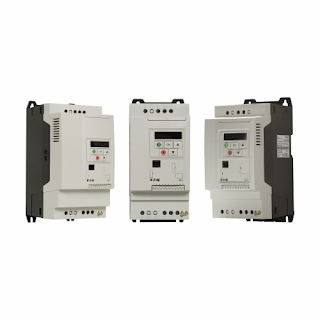How Coolant Level Sensors Help to Protect Expensive Machinery
For as long as engines have existed there has been a need to ensure that they run at the optimum temperature and that coolant is always and freely available. The two main types of coolant are either air or water-based liquids both of which operate by being circulated around the engine to prevent it from overheating.
For many years, the monitoring
of coolant levels was never carried out or if it was, then at best a cursory
dipstick was used. During those days, engines were much larger and comparatively
inefficient so a slight loss of coolant did not present so much of a problem,
but as engine design has
evolved over the years and newer lighter materials came into use then the
repair or replacement costs of engines damaged by a catastrophic loss of
coolant meant that the presence of
coolant was essential and that there needed to be an alarm if the coolant fell
below a determined level.
Frequently used these days is a small single-point float switch
that can make or break when the coolant level falls below a certain level.
These devices are cheap, easy to fit, and tolerably effective. They do suffer
from the effects of vibration and continual slosh of liquid in the reservoir and
mechanical failures are quite common. Realizing that technologies
have moved on both in sensing devices and engine management systems, engineers
began to specify solid-state coolant level switches should be
fitted for a number of reasons. Electronic sensors almost always have no moving
parts, they can be programmed to perform various functions and their
size is not a limiting factor
in their choice of use. All of these features provide a significant advantage over
the float switch device and even the cost is not too dissimilar. The reliability of electronic coolant
level sensors is without parallel and they are an automatic choice for many engine manufacturers.
The capacitive switch uses exactly the same technology as the capacitive sensor but uses
capacitance to provide a "switching condition"
on contact with liquid rather than a continuous measurement dependent upon
liquid level. The principle of the liquid level switch is very simple and the
ways of achieving
it are very diverse and use a wide range of different technologies,
but modern capacitive switches such as Fozmula's S85/86 Range, have their own
embedded microprocessor, enabling them to be programmed to accommodate
a wide range of switching options, whether in coolants, oils or fuels.
Now a level switch cannot only provide
an alert to indicate that a coolant level has fallen below a pre-determined
minimum, but it can also, without a relay, shut down an engine before
irreparable damage occurs. Also, a wide range of different voltage
outputs can be chosen so that these switches can signal directly to a
vehicle's onboard computers or CANbus systems, and these outputs can also be
specified as "delayed" for specified amounts of time (up to 20
seconds) in order to eliminate
false signals at start-up and during operation when coolant levels might be
experiencing significant turbulence
with vehicle movement. All of these options are programmable
to each customer's requirement, therefore adding value and benefit to the many
different applications and operating environments these switches
will encounter.

Comments
Post a Comment